Based on the work from visual6502.org, Greg James has put together a transistor level simulation of the Atari 2600 console. The entire project is available from github.

The simulator runs slowly, but that is the trick. Everything is simulated at half-clock accuracy. On my i7 laptop, I get around 12-15 ms/clk, meaning that it is running at ~70Hz. Much slower than the 1.19MHz of the original hardware.
Still, this is an interesting project, demonstrating how to do accurate hardware simulations and how much slower they are, compared to emulators.

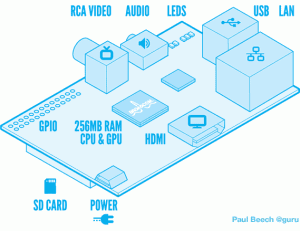
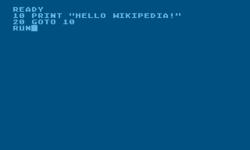

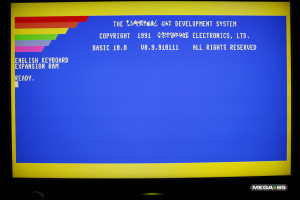
 The
The 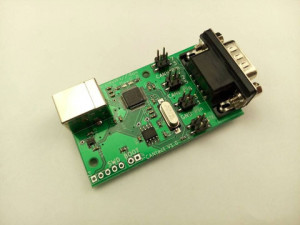 The
The 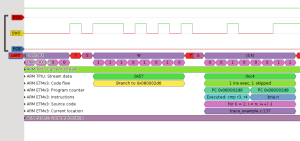 The
The 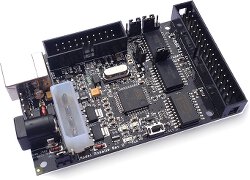 When working with retro computers, you sooner or stumble upon aged disk media. Unfortunately data is lost. Various solution exists such as
When working with retro computers, you sooner or stumble upon aged disk media. Unfortunately data is lost. Various solution exists such as